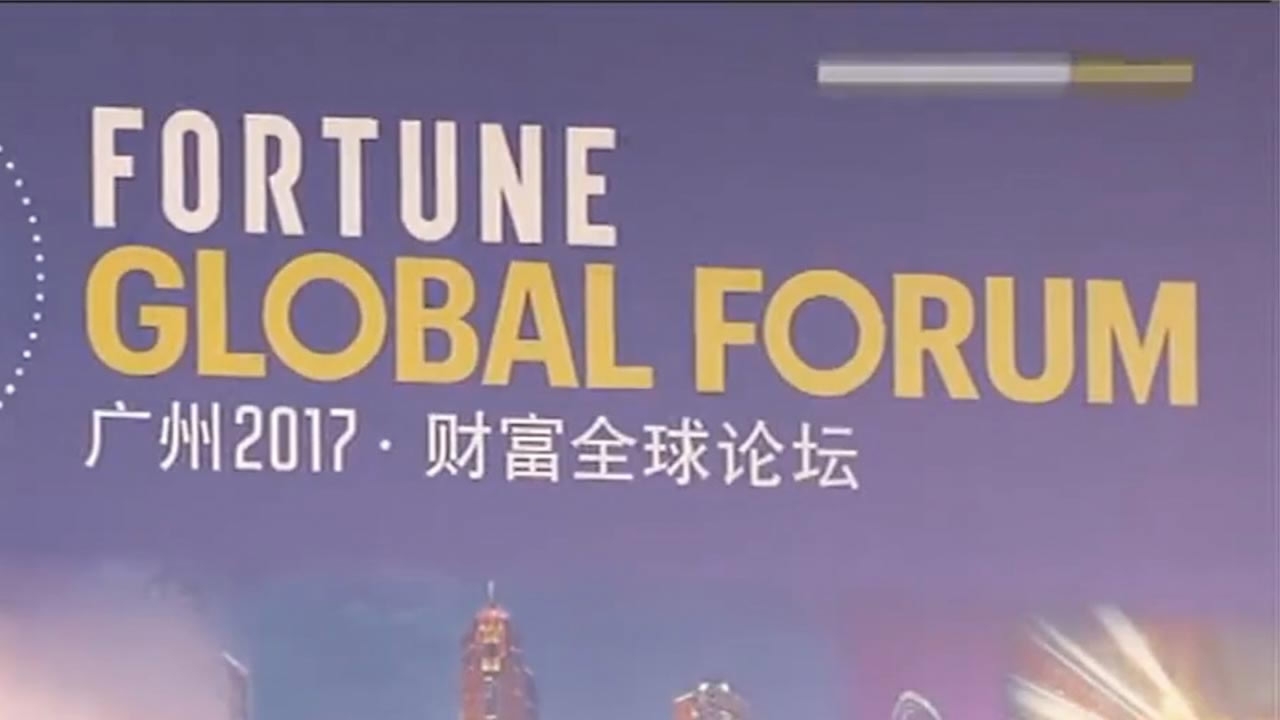
Business
21:50, 08-Dec-2017
China's sustainability push: Accomplishments and future challenges
By CGTN's Yang Chengxi

The Fortune Global Forum is not only about business leaders. In a sub forum attended by several mayors of Chinese and international cities, topics had revolved around how to make urban spaces more sustainable.
This is an important part of China's 13 five-year plans. "Throughout China, we see all the tier one cities, and even the tier two, tier three cities...that China has the economic resources and the political will to make the country a greener and more sustainable place,” said Andy Mok, managing Director of Red Pagoda Resources.
There are efforts from the private sector too. Many top companies today are investing heavily on sustainability practices. Walmart aims to cut corporate carbon emissions by 18 percent by 2025. Many others follow suit as part of their corporate social responsibility.
"As a retailer, our first preoccupation, our first concern is our customers. I think it's really a request or even a demand that the customers are asking for – for sustainability, for food safety, for long-term development. It sure costs money, but I'm sure in the long run it will pay. So we are happy to do it,” said Jean Chausse, Chief Finance Officer of Sun Art, a retail group.
Local governments are working closer with companies to reduce cities' carbon emissions. Dutch energy firm SHV has been working with the Guangzhou government to provide liquefied natural gas stations for the city's over 10,000 taxis and 3,000 buses, reducing Guangzhou's carbon footprint and improving air quality.
A famous quote from Chinese President Xi Jinping goes: "Mountains of gold and silver are not match for mountains of green trees and rivers of clean water." China has gone a long way in making its city space greener, cleaner and more livable. But experts say perhaps the bigger challenge in the future lies in the suburban and rural areas. "I visit a lot of factories, like, more heavy industry that is very heat intense. Currently, many of them use coal or heavy oil or bad coke,” said Maarten Bijl, China CEO of SHV.
SHV has been promoting an alternative energy source called LPG derived from agricultural wastes. They believe LPG can help heavy polluting factories around cities, which have been a source of air pollution across the country. "It's much cleaner. So if you do a coal to LPG conversion, you reduce CO2 by 50 percent. But more importantly for local air quality, there's no particle matters,” said Bijl.

SHV claims BioLPG can be a viable alternative energy source for rural areas. /SHV Photo
SHV claims BioLPG can be a viable alternative energy source for rural areas. /SHV Photo
By 2035, China's energy consumption will reach 28 percent of the world's total. China has pledged to invest 360 billion US dollars in renewable energy and aims to lift its percentage in the total consumption to 20 percent.

SITEMAP
Copyright © 2018 CGTN. Beijing ICP prepared NO.16065310-3
Copyright © 2018 CGTN. Beijing ICP prepared NO.16065310-3